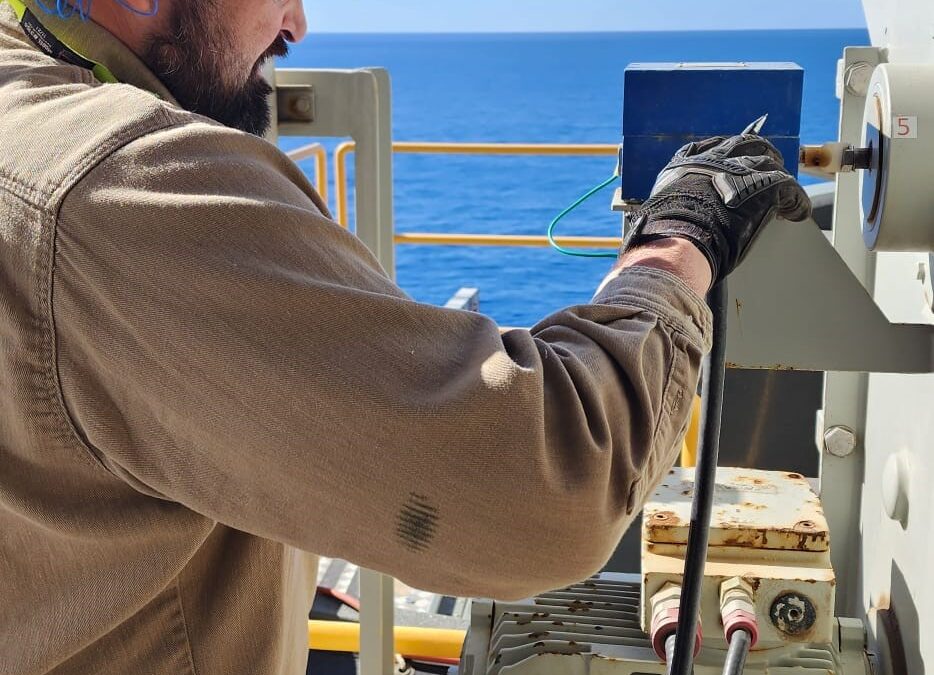In the intricate world of industrial safety, the classification of hazardous zones is paramount. This is where Global Ex Solutions can help you identify these potential hazards on your site to help ensure your processes are safer.
Explosive atmospheres are characterized by the alphanumeric designations of Zone 0, Zone 1, Zone 2, Zone 21, and Zone 22. These categories demarcate areas where the potential for explosive atmospheres exists. Delving into these classifications offers a deeper insight into the risks posed by the presence of flammable substances in conjunction with ignition sources. This article aims to provide a comprehensive understanding of these hazardous zones and their implications within diverse industrial contexts.
Defining Explosive Atmospheres and Hazardous Areas
An explosive atmosphere, as defined in various industrial safety standards, refers to a mixture of flammable substances and air, under atmospheric conditions, in the form of gases, vapors, mists, or dusts. When combined with an ignition source, these mixtures have the potential to trigger a hazardous explosion. A hazardous area, therefore, pertains to a location where such explosive atmospheres are likely to occur or persist.
Unveiling the Classification
The hazardous zones, each distinctly designated, offer a systematic approach to evaluate the potential danger present in various environments:
• Zone 0: This zone represents the most perilous condition, where an explosive atmosphere is continuously present or present for extended durations. It is often encountered in environments such as refineries and chemical plants. Examples include the interior of tanks with trapped vapor, where the conditions can lead to a persistent explosive atmosphere.
• Zone 1: In this classification, the likelihood of encountering an explosive atmosphere is less frequent than in Zone 0. However, it is anticipated to occur intermittently during normal operations. Instances of repair, maintenance, or leakage might lead to flammable substances and consequently, explosive atmospheres.
• Zone 2: Representing a lower level of risk than the preceding zones, Zone 2 signifies an environment where explosive atmospheres are improbable under standard operating conditions. Nevertheless, if such an atmosphere were to manifest, it would only persist momentarily. This category covers areas that become hazardous due to accidents or atypical operating scenarios.
Conclusion: Prioritizing Safety Through Knowledge
Understanding the intricate classifications of hazardous zones is pivotal for industries dealing with flammable substances and potential ignition sources. By categorizing areas into Zone 0, Zone 1, or Zone 2 (for gas, vapor, and mist atmospheres), or Zone 21 and Zone 22 for dust atmospheres, safety protocols can be tailored to mitigate risks effectively, call Global Ex Solutions on (+1) 281 650 3960 for more information on how our inspections work.

